Search results for 'de 1 2'
-
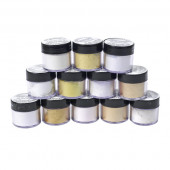
Pearl Lustre Pigments 1 kg
Starting at: £94.00
Call to Order
-
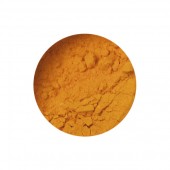
Gamboge Powder
Starting at: £5.20
-
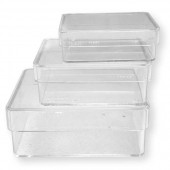
Transparent Containers
Starting at: £1.20
-
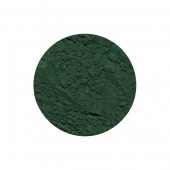
Cobalt Green Deep Pigment
Starting at: £9.20
-
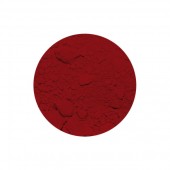
Cadmium Red Deep Pigment
Starting at: £15.00
-
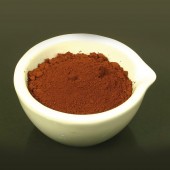
Crocus Powder
Starting at: £12.00
-
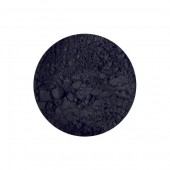
Ivory Black Pigment
Starting at: £4.50
-
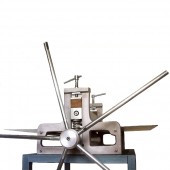
Cornelissen T52100B Professional Press
£2,150.00 -
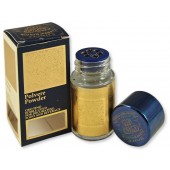
Cornelissen Gold Edible Powder 23 carat
£49.00 -
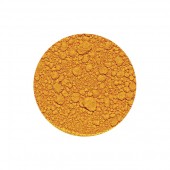
Cadmium Yellow Deep Pigment
Starting at: £7.40
-
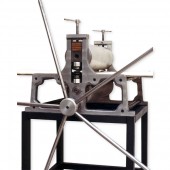
Cornelissen T52100 Professional Press
£3,250.00 -
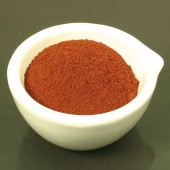
Dragon's Blood Powder
Starting at: £28.10
-
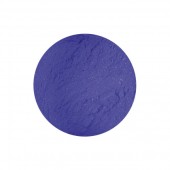
Smalt Dark Pigment
Starting at: £5.30
-
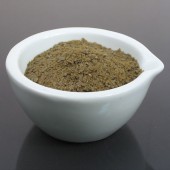
Carnauba Wax Grey
Starting at: £8.40
-
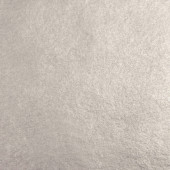
Cornelissen 80 White Gold Leaf 12 ct
Starting at: £43.30
-

French Chalk
Starting at: £5.50
-
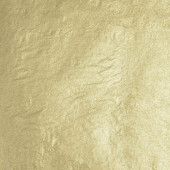
Cornelissen 80 Green Gold Leaf 18 ct
Starting at: £52.30
-

Indigo Blue Genuine Pigment
Starting at: £8.00
-
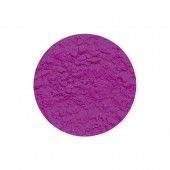
Cobalt Violet Light Pigment
Starting at: £10.00
-
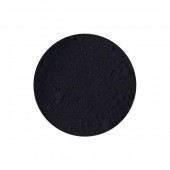
Spinel Black Pigment
Starting at: £8.00
-
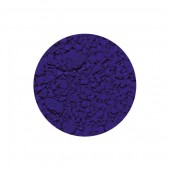
Ultramarine Blue Limewash Pigment
Starting at: £6.30
-
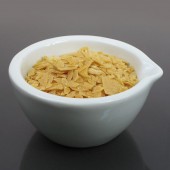
Carnauba Wax Yellow
Starting at: £6.50
-
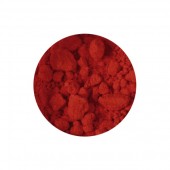
Cadmium Red Pigment
Starting at: £8.40
-
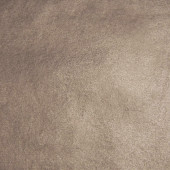
Cornelissen 80 Baroque Gold Leaf 19 ct
Starting at: £59.00
-
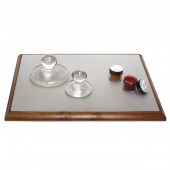
Mixing Slab
Starting at: £24.00
-

Leather Rollers
Starting at: £244.50
-
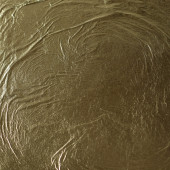
Japanese Gold 18,12ct
Starting at: £49.00
-
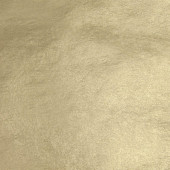
Cornelissen 80 Light Green Gold Leaf 16 ct
Starting at: £46.50
-
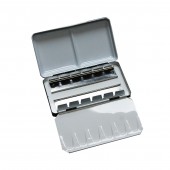
Empty Watercolour box for 12 half pans
£10.00 -
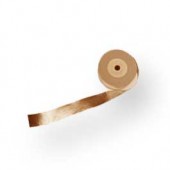
Genuine Gold Rolls
Starting at: £943.20
Call to Order





